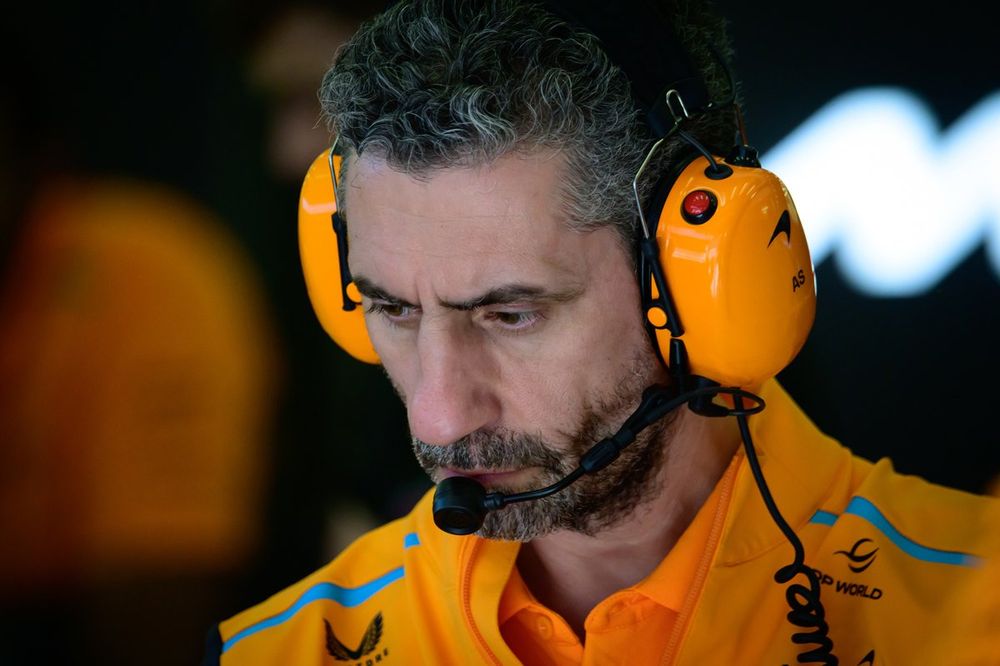With the current ground effect cars performing best when they run low and stiff, there have been mounting concerns voiced by drivers about the physical battering they are facing out on track.
It is understood that the issue has been discussed in meetings of the Grand Prix Drivers’ Association (GPDA), with calls being made for action to be taken.
World champion Max Verstappen is understood to have raised the matter with the FIA at the season-opening Bahrain GP amid calls for the new rules set in 2026 to be much improved.
Speaking to the BBC, Verstappen said: “End of the straight with full load, the impact is too high with the low ride-heights.”
And more recently, Lando Norris said that the constant battering he was facing from the current cars was beginning to have an impact.
“There’s certain times when it starts to have a toll,” he said. “It’s definitely not as bad as what it was two years ago. Things have improved since then, with porpoising and all of this.
“But you still have to run the cars extremely low and stiff, and all of these things. And this takes a toll on you.”
Andrea Stella, Team Principal, McLaren
Photo by: Erik Junius
As the FIA begins work on framing new rules for 2026, there is hope that the next generation of cars will take on board some of the lessons from recent years.
And especially with understanding much greater now about the reasons why cars have to be run low and stiff, Stella thinks there is no excuse not to make things much better.
“All these learnings should definitely be taken into account in designing the 2026 regulations,” he said.
“It will be inconvenient and an incomplete a job if, in 2026, the cars have similar kind of issues like in 2022, or if we have again unintended issues because we still have time to study, and even the tools in a few years are further improved.
“We should touch the ground in good shape in 2026, because what happened in 2022 was very challenging.
“At times it was a discomfort for drivers, and it was at times extreme. And it was at times dangerous because the cars became quite unstable. So definitely we need to target to be in a better shape. And we have the tools now to do that.”
Stella admits that F1 teams were taken by surprise about how the current generation of ground effect cars behaved when they were first launched in 2022.
“The 2022 regulations surprised with some unintended challenges,” he said. “We have gone a long way…
Click Here to Read the Full Original Article at Motorsport.com – Formula 1 – Stories…

